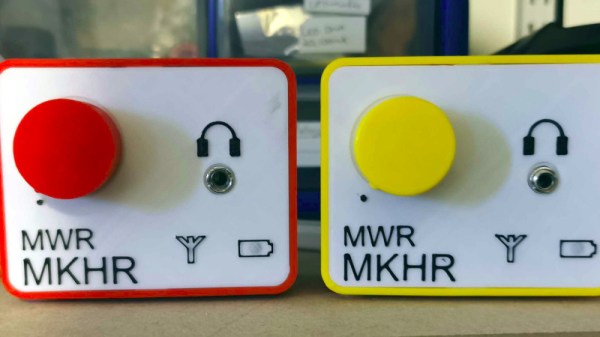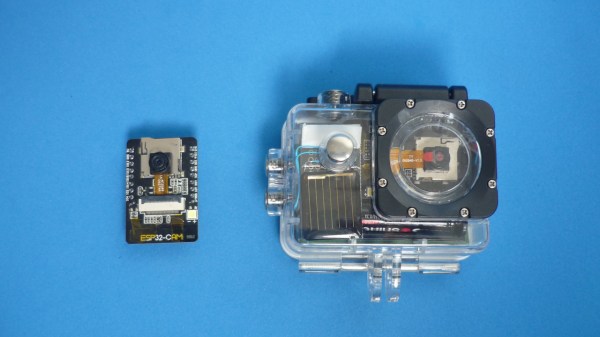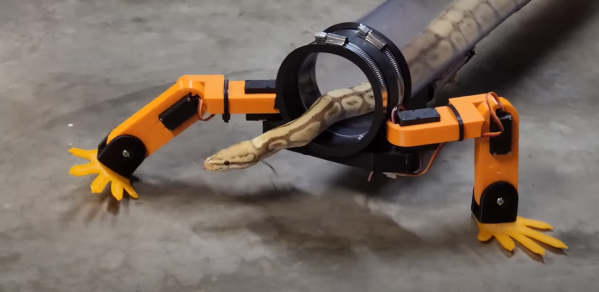For those interested in a career in broadcast radio there aren’t many routes into the business. Student radio, pirate radio, and hospital radio usually feature somewhere near the start of any DJ’s resumé. Hospital radio stations often don’t have a transmission license and have historically relied on wired systems, but since those can’t reach everywhere they are now more likely to look to the Internet. [AllanGallop] has created the Mini Web Radio for the hospital station in the British city of Milton Keynes, a compact battery-powered single station streaming radio receiver that can pick up those tunes anywhere with a wireless network connection.
Inside the neatly designed 3D printed box the hardware is quite straightforward, a WeMos ESP32 board and a MAX98357A I2S digital amplifier module all powered by an 18650 cell. There’s a volume control and headphone socket, which is all that’s needed for the user interface. The software has code for both Arduino and Platform.io and is configured as you might expect through a web interface. Everything can be found in a handy GitHub repository should you wish to build one yourself. Meanwhile, it’s particularly pleasing as a Hackaday scribe to feature a project with roots in one’s own hackerspace, in this case, Milton Keynes Makerspace.
Thanks [Cid] for the tip!




















